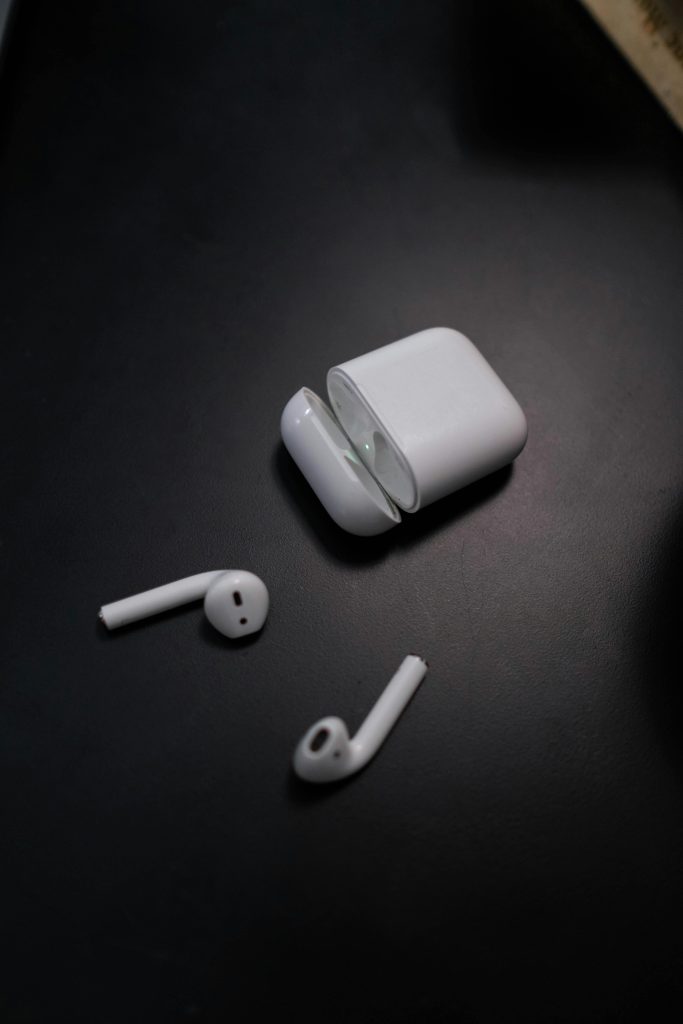Troubleshooting Persistent FPS Performance Issues in Gaming: A Comprehensive Guide
Experiencing consistent drops in frames per second (FPS) across multiple games can be frustrating, especially when system performance appears normal and hardware temperatures are within safe ranges. If you find your gaming performance has unexpectedly declined without clear cause, this article offers a systematic approach to diagnose and resolve the issue.
Understanding the Problem
In many cases, gamers report experiencing:
- Sudden FPS drops from stable high frame rates (e.g., 60 FPS) to lower levels (e.g., 30-35 FPS)
- Gradual performance degradation during prolonged gaming sessions
- Similar issues across various titles, indicating a system-wide problem
- No significant temperature spikes or hardware stress indicators
Given these symptoms, it’s crucial to explore potential causes beyond hardware overheating, such as software conflicts, background processes, driver issues, or system bottlenecks.
Step-by-Step Troubleshooting Guide
- Confirm Hardware Temperatures and Utilization
- Use reliable monitoring tools (e.g., HWMonitor, MSI Afterburner) to verify CPU and GPU temps during gaming sessions.
- Normal temperatures for gaming are typically below 85°C (185°F). Your reported range of 135-150°F (57-66°C) is within safe limits.
-
Check utilization metrics:
- CPU and GPU loads during gameplay
- RAM usage and overall system memory consumption
-
Investigate Background Processes
- Open Task Manager (Windows) during gameplay to identify any resource-intensive background applications.
-
Close unnecessary programs that may be consuming CPU, GPU, or memory resources.
-
Update and Verify Drivers
- Ensure your graphics card drivers are current. Visit the manufacturer’s website (NVIDIA, AMD, Intel) to download the latest drivers.
-
Consider performing a clean installation of your GPU drivers to eliminate potential corrupt or conflicting drivers.
-
Check for Software Conflicts
- Monitor recent software installations or Windows updates that might interfere with gaming performance.
-
Disable or temporarily uninstall any recent programs that could be causing conflicts.
-
Examine Game Settings and Compatibility
- Lower in-game graphics settings to see if FPS improves.
- Run games in compatibility modes or as administrator.
-
Verify game files integrity if the platform supports it (e.g., Steam’s “Verify integrity of game files”).
-
System Optimization
- Use system optimization tools to clear temporary files, optimize startup items, and
Share this content:



